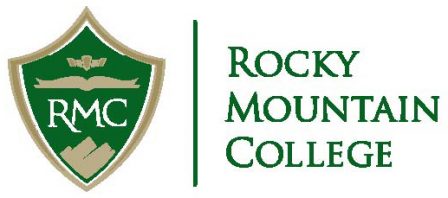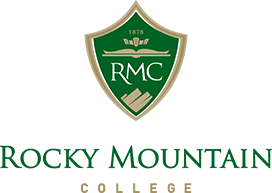ROTC
August 24, 2023 2024-01-23 16:24ROTC
ROTC at Rocky Mountain College
Army ROTC is a college elective designed to be integrated with your regular curriculum and give you the skills needed to become an Army officer or a leader in any field. Any RMC student can take the first two years of Army ROTC without obligation. Army ROTC also provides the path toward Army officership with numerous benefits. From training to full-tuition scholarships or a guaranteed job after college, Army ROTC offers a great option if you’re interested in serving. received by the student.
What is an Officer?
Officers lead the Army. An officer plans the work of the organization, assigns tasks to subordinates and ensures work is accomplished to the highest standard. They do so by developing missions, training their subordinates, influencing people and solving problems. Even the most junior officer routinely has thirty or more personnel under his or her control. An officer must have integrity and the warrior spirit.
Opportunities and Scholarships
High School seniors may compete for three and four year full-tuition scholarships, and students already on campus may compete for two, three and four year full-tuition scholarships. At RMC, 3 and 4 year scholarships include housing and food. Scholarship students are also given a $1200 per year allowance for books. Additionally, all contracted cadets (regardless of scholarship status) will also receive a $300 - $500 monthly tax free stipend.
What courses are offered?
Each semester, Army ROTC offers a course to each level of college students. Our first and second year level courses are open to all RMC students and instruct the basics of officership. Topics include time management, basic tactics, land navigation, effective communication, and goal setting. Our junior and senior level courses are reserved for contracted ROTC Cadets who are seeking a commission in the US Army.
After Rocky Mountain College
Whether you become an officer or just take ROTC classes, our training will make you a much sought after employee. That's because your employer knows you understand how to positively influence your organization to achieve success. Your employer knows you've been held accountable. Those who choose to become officers also have a great job after college in the Active or Reserve components of the Army.
Contact
Joshua L. Bairdl
SFC, MTANG


